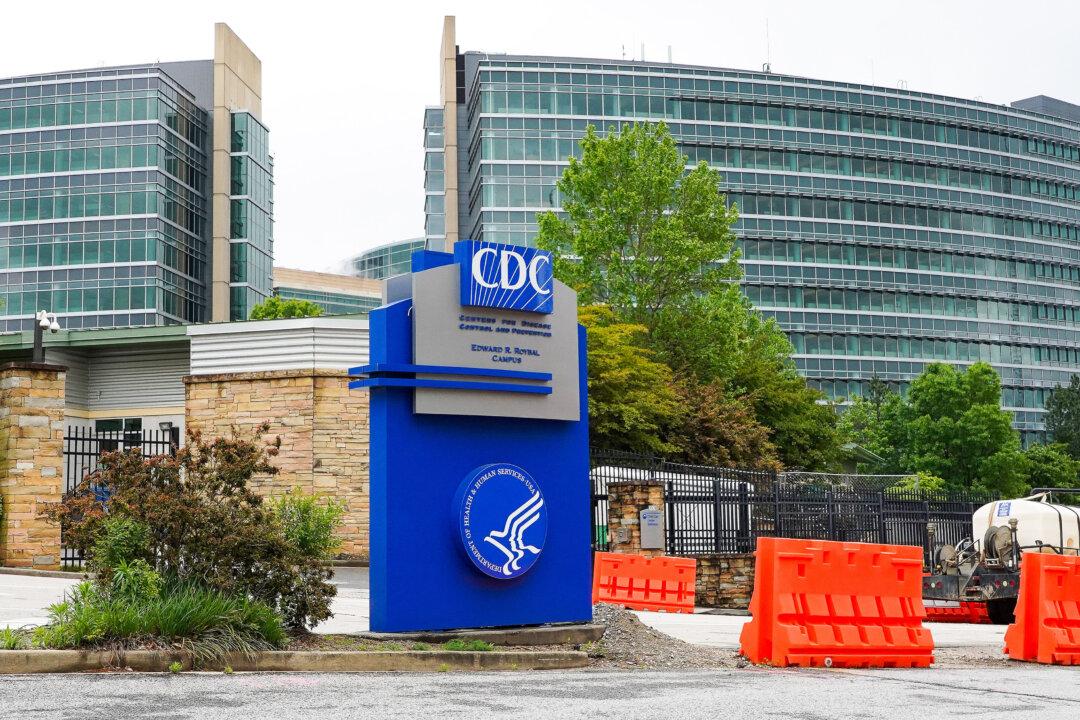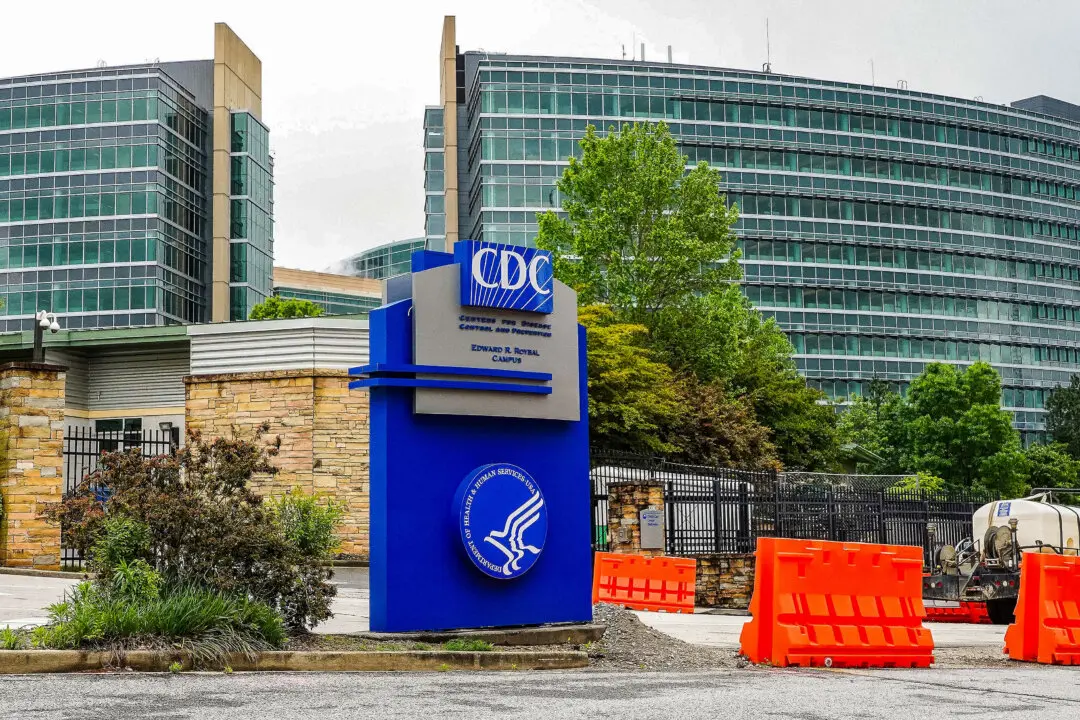Respiratory illness caused by common seasonal viruses is currently considered “high” in the United States, according to the U.S. Centers for Disease Control and Prevention.
COVID-19 is causing a low number of people to go to emergency departments, but the numbers are on the rise, according to the agency. RSV and influenza cases are also increasing, the CDC said.





